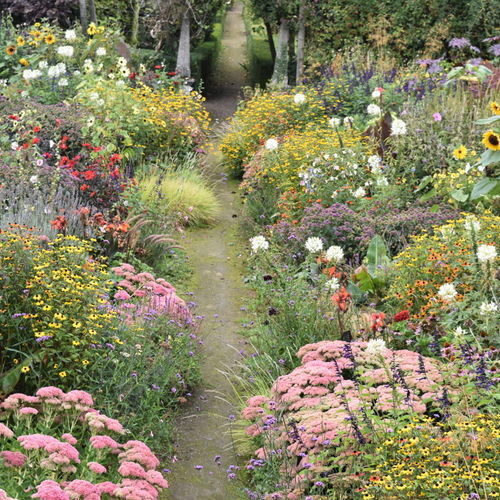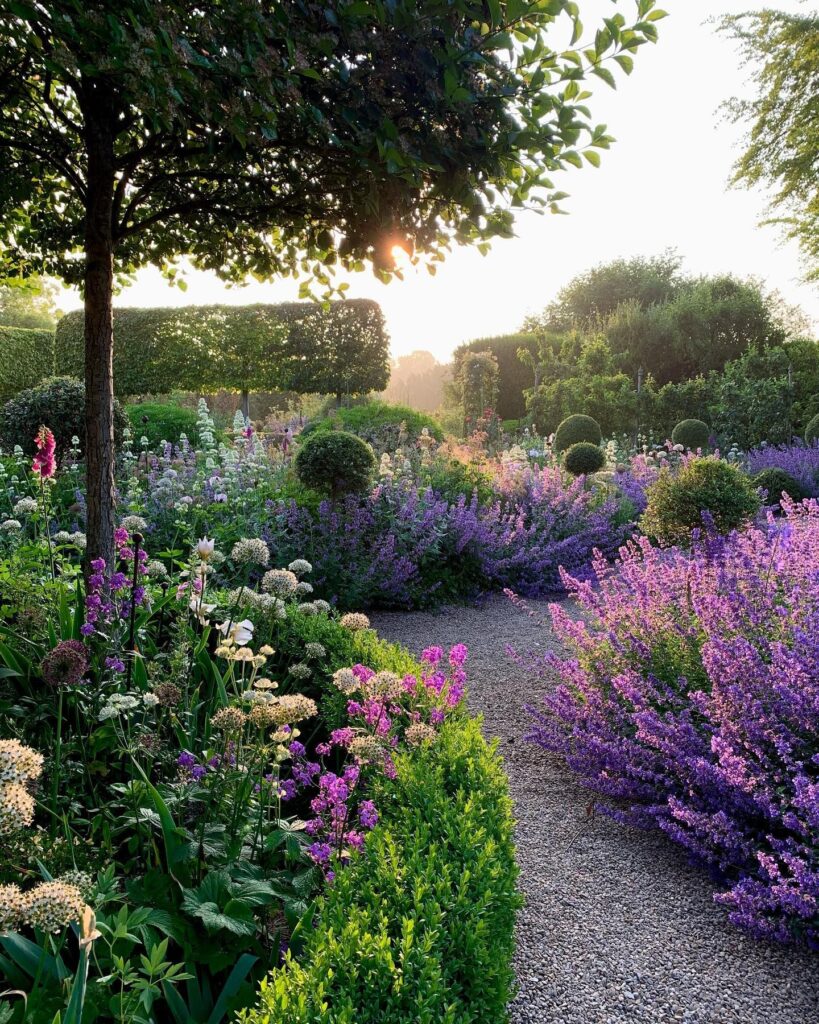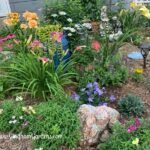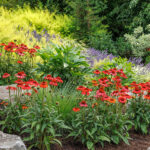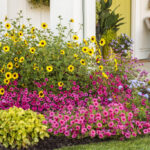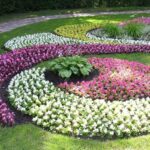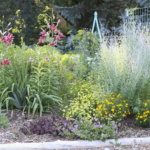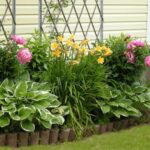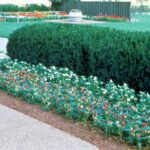A well-designed flower garden can add beauty, color, and life to any outdoor space. When planning a flower garden, there are several key factors to consider to ensure that the end result is both aesthetically pleasing and functional. One of the first steps in designing a flower garden is to consider the overall layout and shape of the garden. Gardens can be designed in a variety of shapes, including rectangular, circular, or even irregular shapes that mimic the natural flow of a meadow or woodland.
Once the shape of the garden has been determined, it’s important to consider the types of flowers that will be planted. Choosing flowers that bloom at different times of year can ensure that the garden remains in bloom throughout the growing season. Additionally, mixing different types of flowers with varying colors, heights, and textures can add visual interest and depth to the garden. Consider planting a mix of annuals, perennials, and bulbs to ensure a variety of blooms throughout the year.
In addition to choosing a variety of flowers, it’s important to consider the placement of plants within the garden. Taller plants should be placed towards the back of the garden, while shorter plants should be placed towards the front. This will help create a sense of depth and perspective within the garden. Grouping plants with similar watering and sunlight needs together can also help ensure that each plant receives the care and attention it needs to thrive.
Another important consideration when designing a flower garden is the hardscape elements that will be included in the design. Hardscape elements, such as pathways, fences, or garden structures, can help define the space and add structure to the garden. Consider incorporating natural elements, such as stone or wood, to complement the organic beauty of the flowers.
Finally, don’t forget to incorporate elements of sustainability into your flower garden design. Consider using native plants that are well-suited to your climate and require less water and maintenance. Incorporating compost and mulch into the soil can also help improve soil health and reduce the need for chemical fertilizers. By designing a flower garden that is both beautiful and sustainable, you can create a space that is not only visually stunning but also environmentally friendly.
